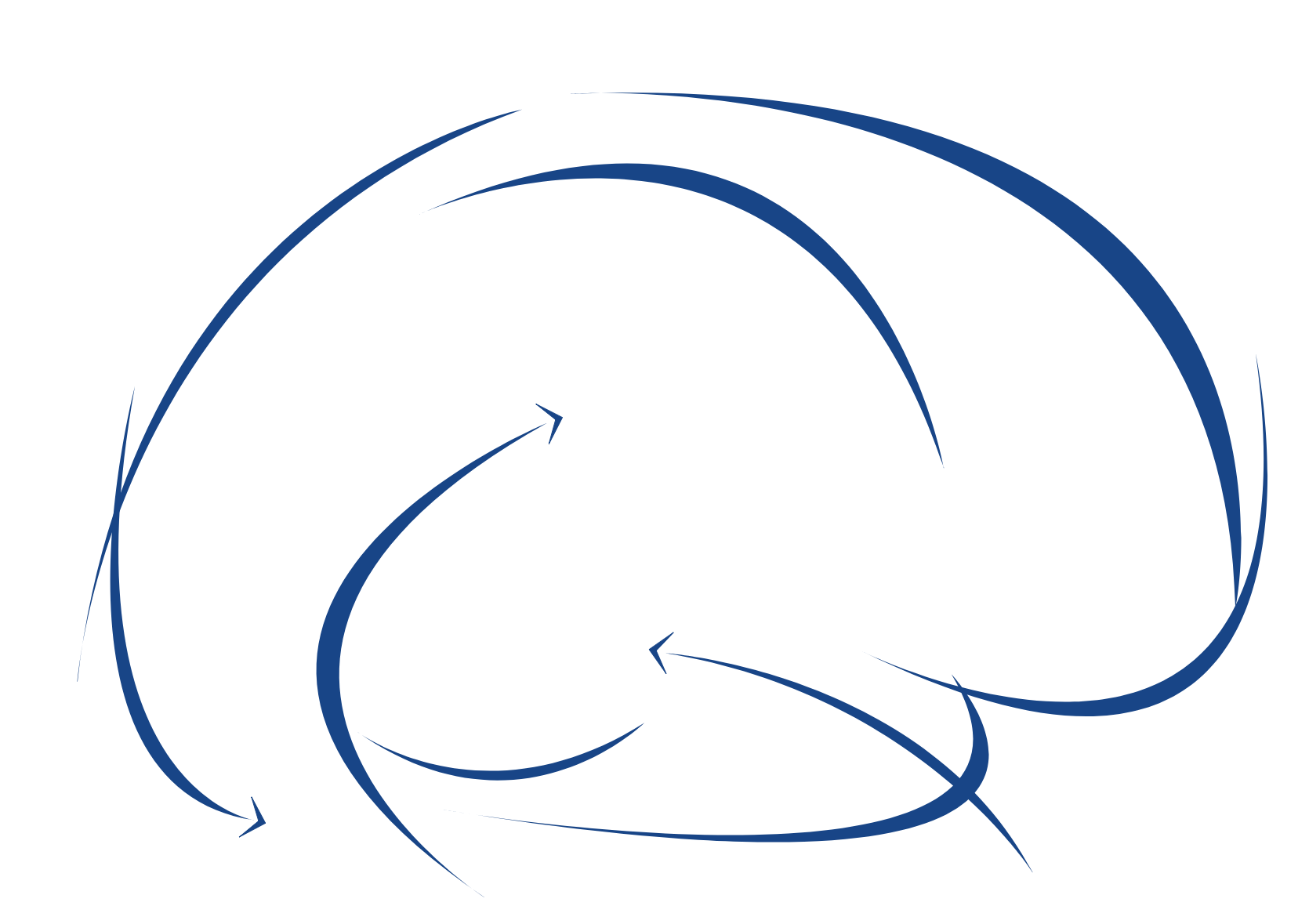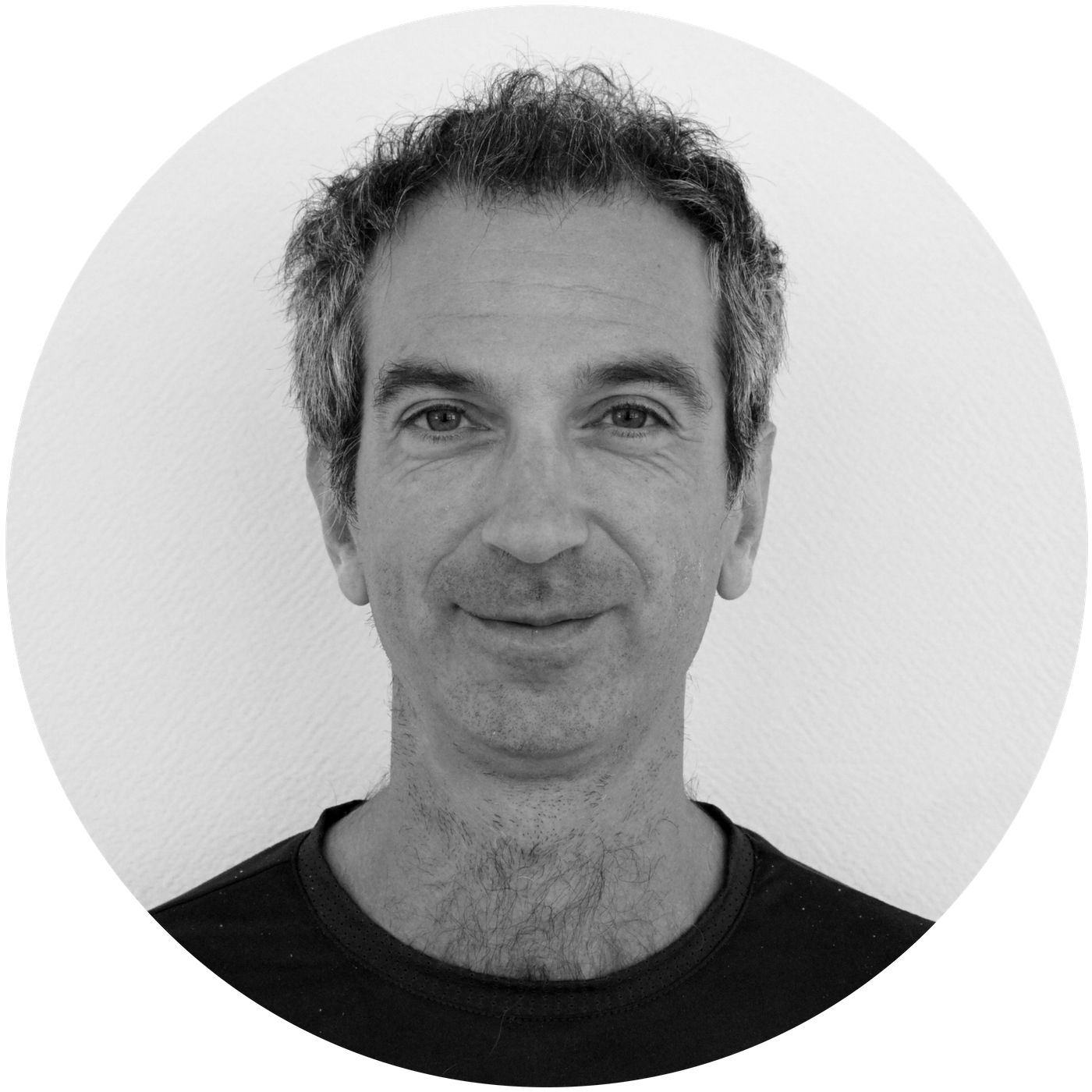Skip to D-CAP
Team
Publications
Research
D-CAP
(Dynamics of Communication and Auditory Processes Group)
D-CAP's interdisciplinary research is anchored in two primary axes: auditory neuroscience, emphasizing sounds encoding and auditory attention. And speech, language, and music neurosciences, delving into perception, production, and real-life contexts. Our research is bolstered by a range of methodologies including behavioral studies and various imaging techniques.
Our translational approach applies advanced science to patient care, including music for therapy, aiding dyslexia, hearing impairment, and ADHD. We are also integrating lab innovations into education to tackle educational disparities.
Finally, we promote environmental awareness and envision the future of science as being open, sustainable, holistic, and theory-driven.
The project of the D-CAP is based on two main axes and combines behavior, multimodal imaging (M/EEG, sEEG, pupillometry...) and modeling. The first axis is on speech, language and music neuroscience, including perception and production as well as ecologically valid scenarios (language interaction). The second axis is on auditory neuroscience, including work on sound categorization and a strong focus on auditory attention.
D-CAP is active in terms of translational approach, by applying state-of-the-art science to patient care, in particular with the use of music with children with dyslexia and hearing impairment but also in the diagnosis of ADHD in children. We would like to extend this to the general education that in France is massively suffering from social inequalities. This requires a percolation from the Lab to the school via specific actions coordinated with schools.
D-CAP is injecting a momentum around neuroscience and environmental issues. How should look the science of tomorrow? Definitely open, certainly more sustainable, possibly slower, less driven by industrial interests and hopefully more holistic by a thoughtful use of the dense literature and theories and less focused on computer power.
D-CAP TEAM
TEAM MEMBERS
D-CAP RESEARCH
The D-CAP projects focus on understanding human auditory and communication processes with a multidisciplinary approach, combining behavior, multimodal brain imaging and modeling:
Auditory Neuroscience
Investigates top-down and bottom-up dynamical processes in auditory perception, focusing on structure, function, and lateralization of the human auditory cortex.
Investigates the neural bases of auditory attention during adulthood and development, particularly in children and adolescents.
Aims to understand how the brain transforms acoustic waveforms into semantically rich sound representations.
From Sound to Cognition and Communication
Explores interpersonal coordination across different sensory modalities and time scales in speech and music processing.
Assesses the benefits of music training on verbal coordination in various linguistic levels.
Examines the influence of overt movements on auditory temporal attention and speech comprehension and segmentation.
Envisages integrating musical activities in innovative speech therapies and educational research.
Communication in Neurodegenerative Disorders
Focuses on communication challenges in patients with Alzheimer's Disease (AD) and Frontotemporal Dementia (FTD).
Collects longitudinal linguistic and behavioral data to analyze internally and externally generated actions in interpersonal communication.
Neurosciences in the Anthropocene Era
Engages in epistemological discussions, defining neuroscientific questions relevant to the current climate crisis.
Advocates for shared values and sustainable practices within the neuroscience community.
SELECTED PUBLICATIONS
te Rietmolen, N., Mercier, M., Trebuchon, A., Morillon, B., & Schön, D. (2024). Speech and music recruit frequency-specific distributed and overlapping cortical networks. eLife,13:RP94509.
Zalta, A., Large, E. W., Schon, D., & Morillon, B. (2023). Neural dynamics of predictive timing and motor engagement in music listening. bioRxiv, 2023-04.
Mercier, M. R., Dubarry, A. S., Tadel, F., Avanzini, P., Axmacher, N., Cellier, D., ... & Oostenveld, R. (2022). Advances in human intracranial electroencephalography research, guidelines and good practices. Neuroimage, 119438.
Lerousseau, J. P., Hidalgo, C., Roman, S., & Schön, D. (2022). Does auditory deprivation impairs statistical learning in the auditory modality? Cognition, 222, 105009.
Lerousseau, J. P., Trébuchon, A., Morillon, B., & Schön, D. (2021). Frequency selectivity of persistent cortical oscillatory responses to auditory rhythmic stimulation. Journal of Neuroscience, 41(38), 7991-8006.
Hoyer, R. S., Elshafei, H., Hemmerlin, J., Bouet, R., & Bidet‐Caulet, A. (2021). Why are children so distractible? Development of attention and motor control from childhood to adulthood. Child development, 92(4), e716-e737.
Albouy, P., Benjamin, L., Morillon, B.*, & Zatorre, R. J.* (2020). Distinct sensitivity to spectrotemporal modulation supports brain asymmetry for speech and melody. Science, 367(6481), 1043-1047.
Trébuchon, A., Liegeois-Chauvel, C., Gonzalez-Martinez, J. A., & Alario, F. X. (2020). Contributions of electrophysiology for identifying cortical language systems in patients with epilepsy. Epilepsy & Behavior, 112, 107407.
ElShafei, H. A., Fornoni, L., Masson, R., Bertrand, O., & Bidet-Caulet, A. (2020). What’s in your gamma? Activation of the ventral fronto-parietal attentional network in response to distracting sounds. Cerebral Cortex, 30(2), 696-707.
LATEST PUBLICATIONS






























